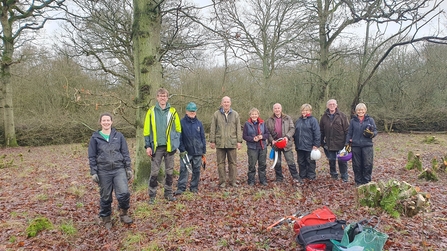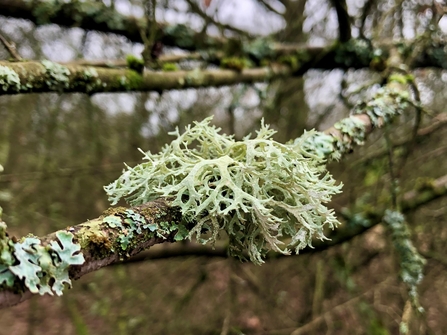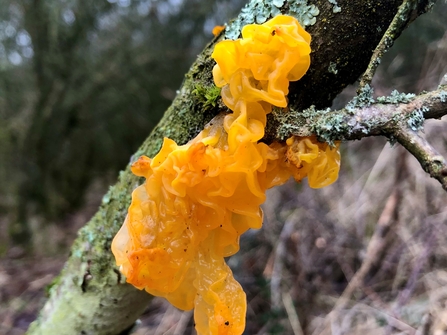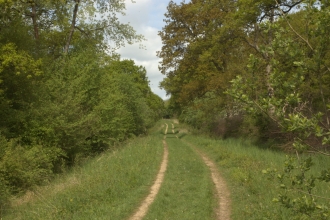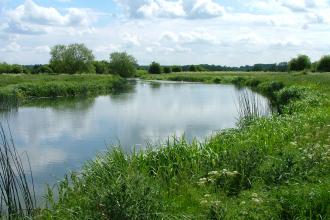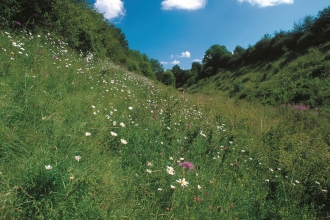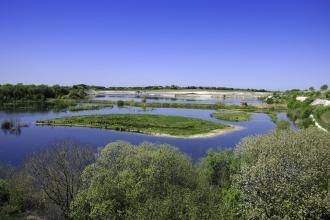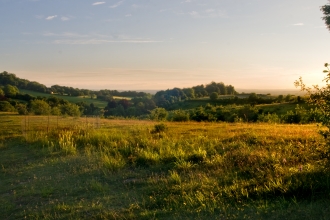January is a bleak month, grey sky, drizzling rain, bare branches and mud. The jollities and sparkles of Christmas are behind us. Spring, and the colour it brings, is an age away.
And yet still, the volunteers can be found in Finemere Wood, furiously cutting back scrub and trees as they attempt to burn off the excesses of the festive season.
Here, embraced in the warm, gentle companionship of other woodland folk, feelings of desolation will dissipate.


